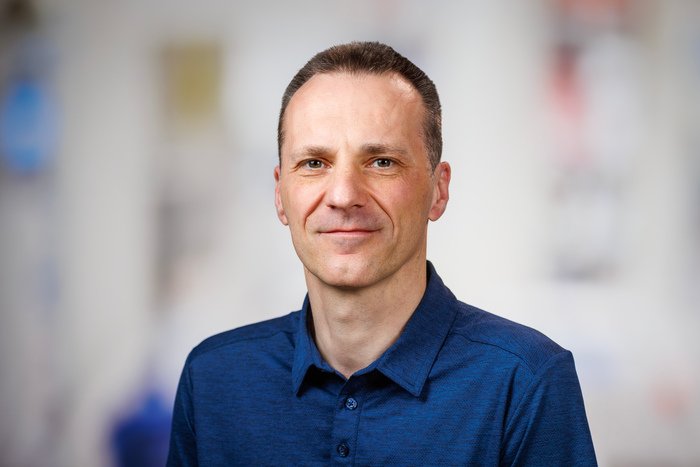
Scientists see foam as starting point of a path to bedside gene therapy
The special properties of methylcellulose foam could make it a vehicle for bedside genetic engineering, according to a proof-of-principle study from bioengineers at Fred Hutch Cancer Center.
In the paper, published in Molecular Therapy Methods & Clinical Development, the team used a preclinical bone marrow model to show that the foam, combined with an already-approved method to extract and concentrate bone marrow stem cells, can efficiently deliver targeted gene therapy vectors prior to reinjection of the cells into the bone marrow.
“We show that we can use our foam to genetically modify bone marrow stem cells at a very high efficiency,” said Dr. Matthias Stephan, associate professor (Hematology and Oncology) and senior author of the study.
In his study, the foam delivered higher amounts of the gene therapy vector than either a viral or lipid nanoparticle delivery system. Stephan envisions that combining this efficiency with a bedside method of concentrating bone marrow stem cells would enable development of outpatient gene therapies aimed at correcting genetic defects in bone marrow stem cells.